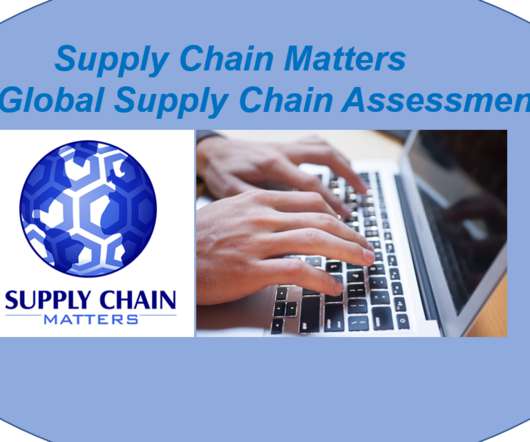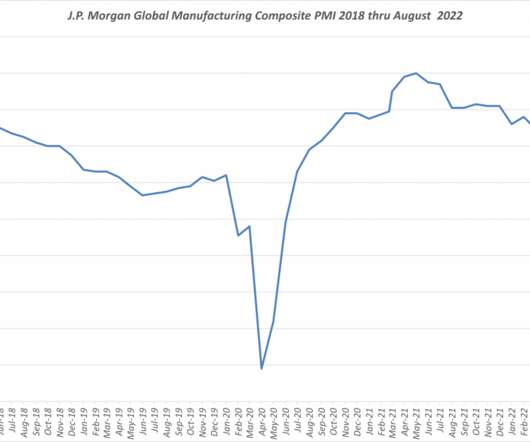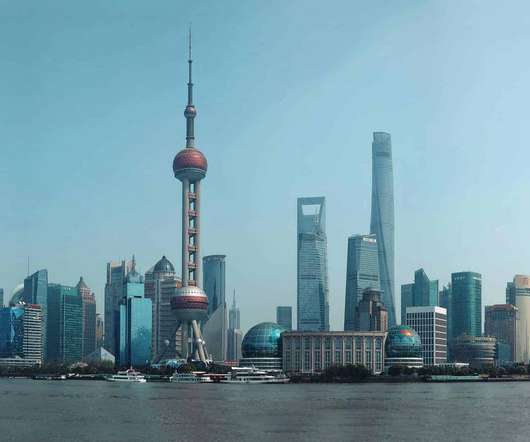Honk, if You’re Driving Green This Earth Day
Arena Solutions
APRIL 21, 2022
By suspending global transport and enforcing resident lockdowns due to the pandemic, the environment was able to briefly reset. Water pollution shrank or completely stopped on the beaches of Bangladesh, Malaysia, Thailand, and the Maldives. If the pandemic offered any benefits, it was to the environment.
















Let's personalize your content